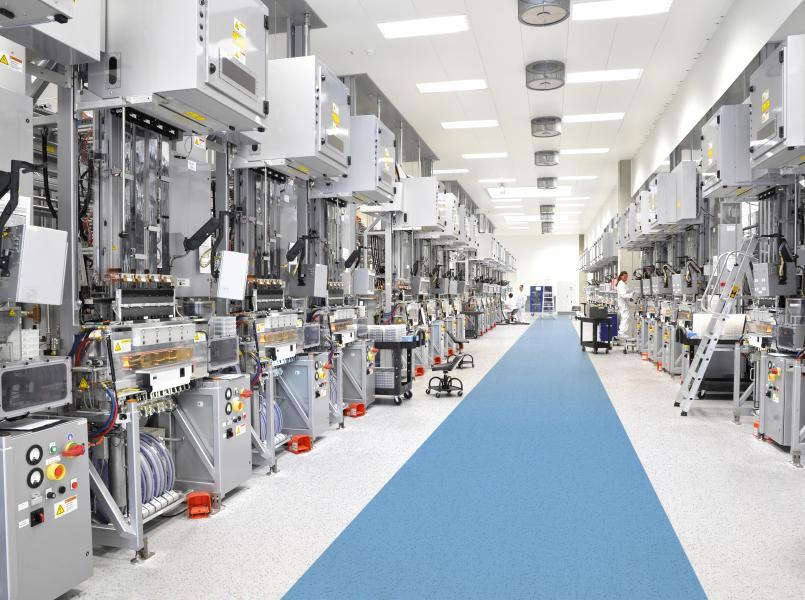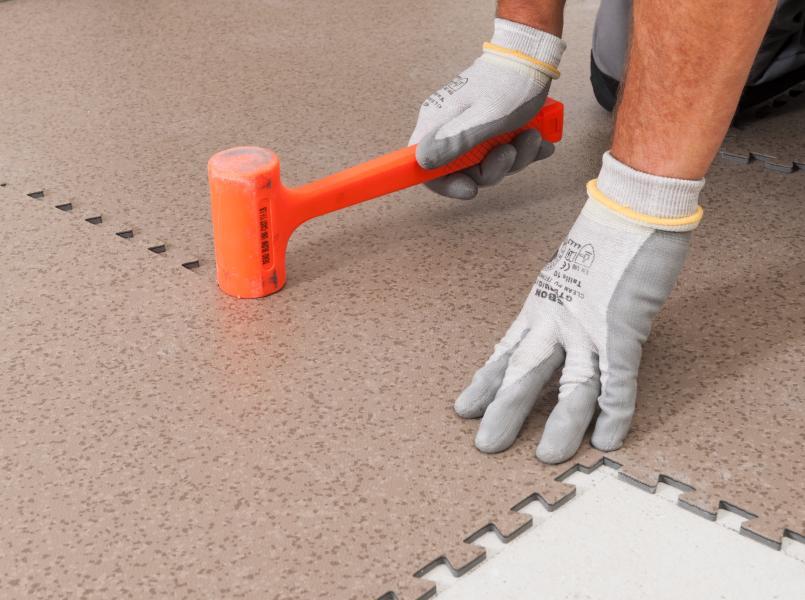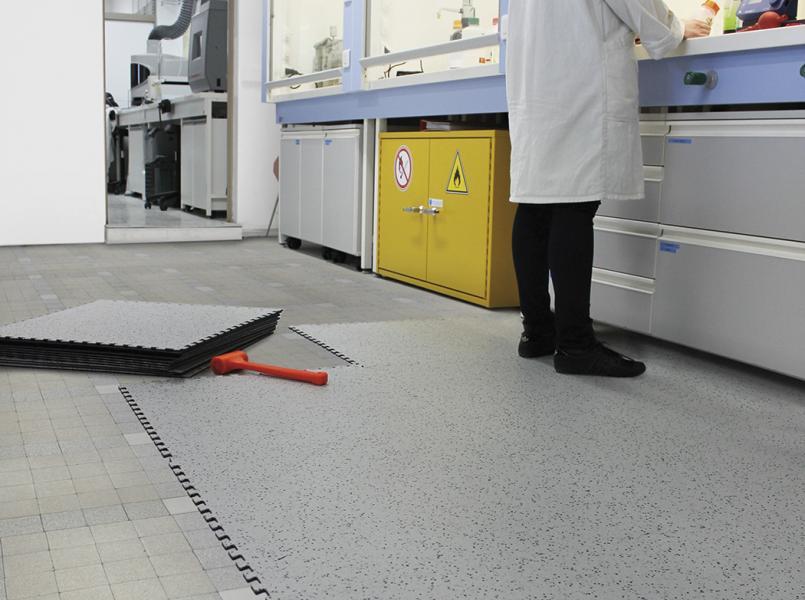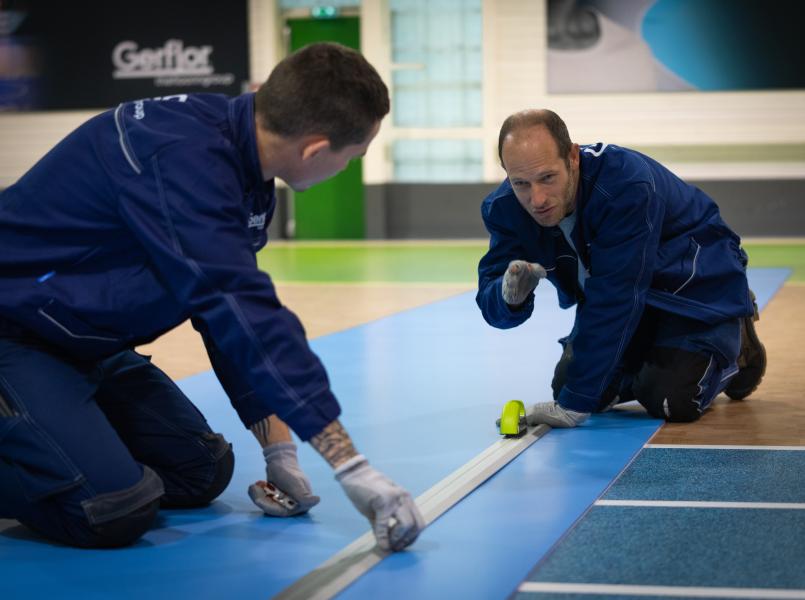4 key steps in ESD area renovation
As professionals in cutting-edge industries (electronics, automotive, defense, aeronautics, etc.) you are subject to efficiency and security requirements that do not allow for any errors. When renovating your company’s ESD areas, you need to combine four essential elements:
- Meet current electrostatic discharge standards
- Choose materials that are sufficiently resistant to the stresses exerted on them (mechanical, chemical, etc.)
- Achieve the optimal waterproofing level
- Limit the impact of renovation on your business
Gerflor, as part of its 'Improve your standards' policy, takes into account the challenges you face when installing ESD electro-conductive floor coverings.

Depending on your industry's sector, it is essential that you identify the required level of waterproofing. So, for cleanrooms, microelectronic production areas, it is necessary to choose an ESD electro-conductive flooring that provides an extra-clean solution. 100% waterproofing is thus required and can be guaranteed thanks to the different parts of the floor, the coving system and floors with wall protectors being joined together with welded joints.
Modularity and Long-Term Adaptability
Ambulatory spaces frequently evolve as patient needs and clinical services change. Flooring solutions that offer modularity give facilities the ability to adapt without costly overhauls. For example, LVT allows individual tiles to be replaced rather than resurfacing an entire room, while heterogeneous sheet flooring balances durability with design flexibility to support renovations.
This adaptability not only reduces lifecycle costs but also helps maintain continuity of care by minimizing downtime during updates or repairs.





